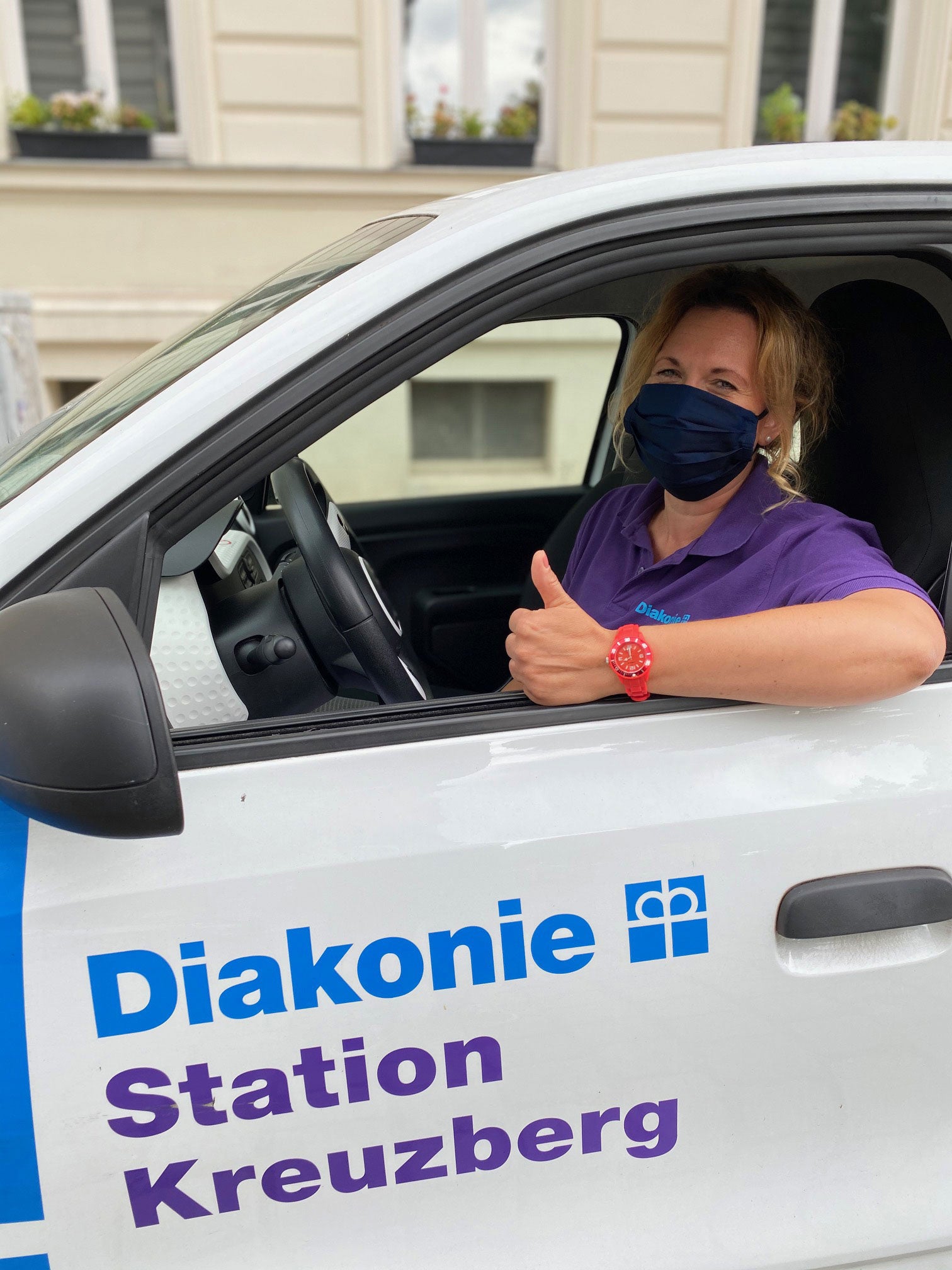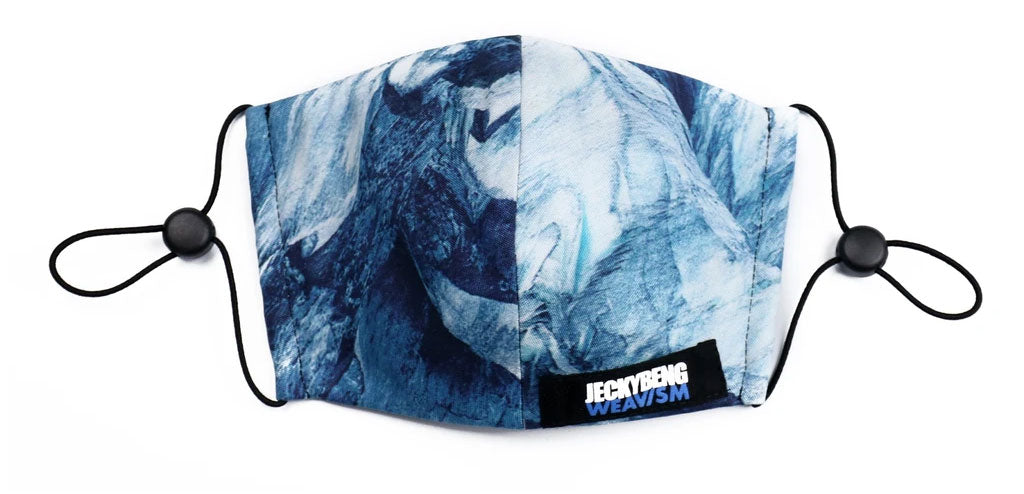
Donation to Diakonie-Pflege Verbund Berlin
Together with our Taiwanese partners Hermin Textile and Bio-Kil®, we donated 2,000 face masks to the Diakonie-Pflege association in Berlin

Jenny Pieper-Kempf, public relations
"We are really happy about the donation! Our nursing staff can use the respiratory masks very well for their daily work
use people in need of care!"
Eleven diaconal stations throughout Berlin belong to the Diakonie-Pflege Verbund . With around 800 employees, they are among the largest outpatient care providers in Berlin. They currently provide around 1,800 care customers in all city districts. The face mask protects both the nursing staff and the patients.

The mask is based on a 2-layer principle. Each layer has an assigned task and is perfectly matched to its intended use. Both the outer and the inner layer facing the mouth are particularly tightly woven and equipped with a highly effective antibacterial agent in order to offer the wearer and those around him maximum protection. In particularly exposed situations, such as a visit to the hospital, a medical mask can also be inserted in between.

Bio-Kil®'s patented antibacterial finish is based on a complex physical principle in which positively charged, microscopically small spikes attract the negatively charged outer walls of bacteria and cause them to burst like soap bubbles. This technology was introduced into the public air filtration systems of several major Asian cities during the first SARS epidemic in 2003 and has proven to be very effective in fighting the spread of viruses and bacteria. Its natural base, which does not contain heavy metals such as silver and zinc and is therefore classified as harmless to the respiratory tract, was particularly helpful here.
Composition:
- Outer material: 75% modal rayon / 25% cotton (antibacterial)
- Inner material: 100% cotton (antibacterial)
- The carrier material including equipment are tested according to AATCC-100.
Even after at least 50 washes, it retains its antibacterial effect.
Click here for the English version of the article



